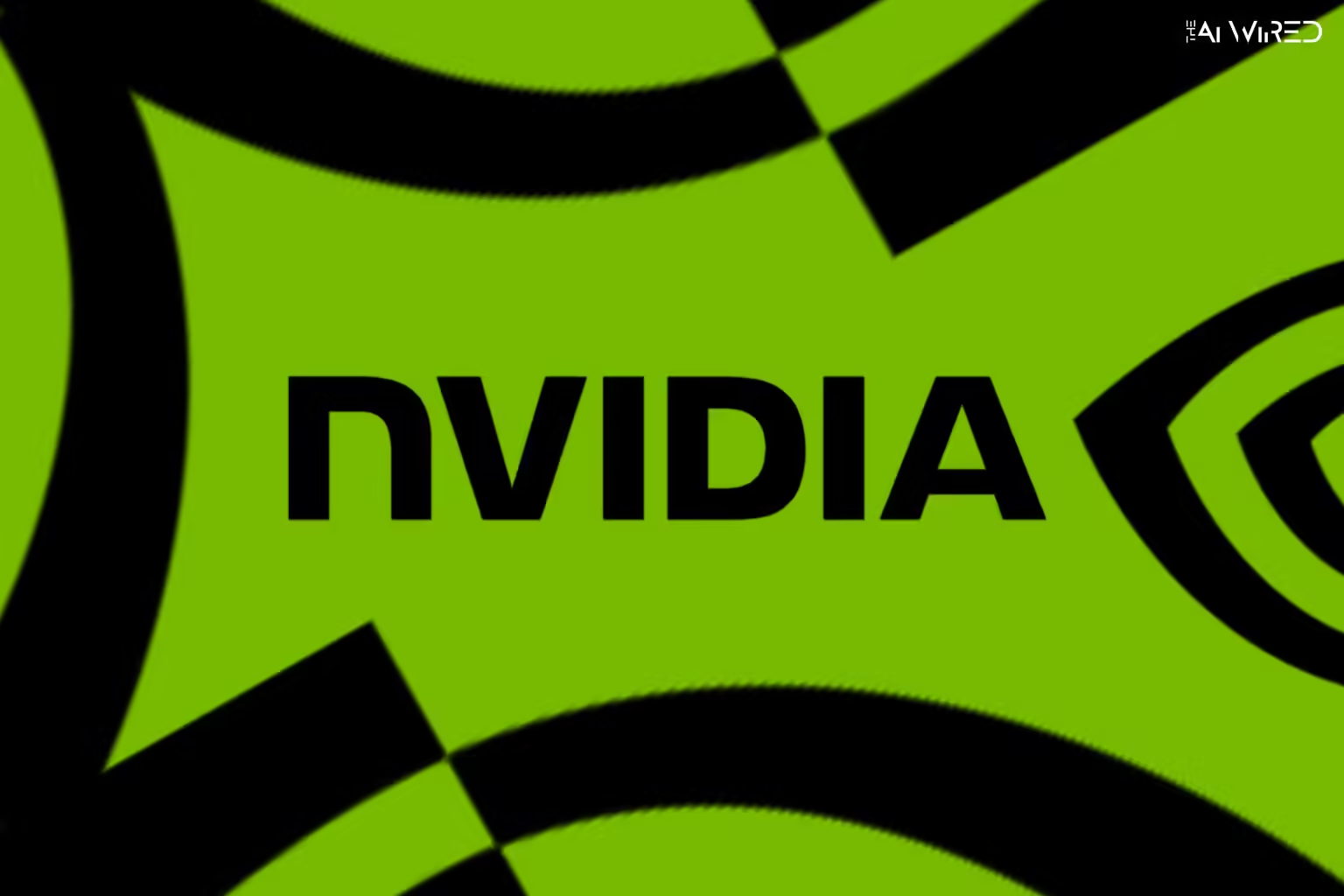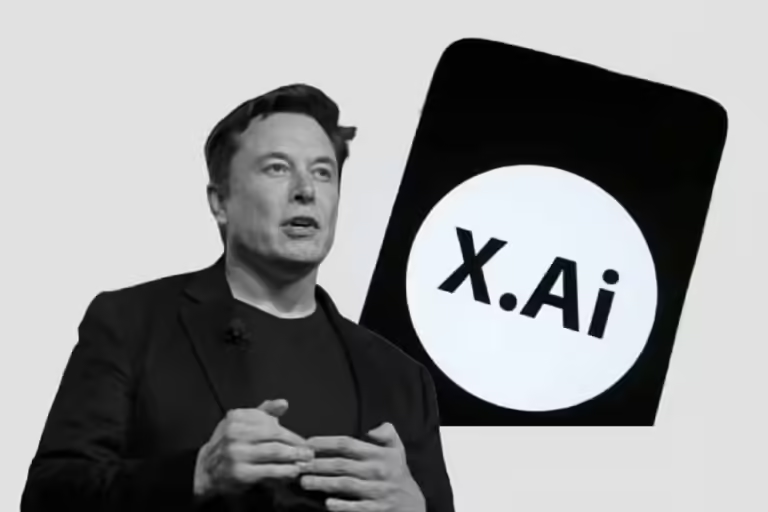
Nvidia’s Revenue Drop Triggers Worries, But AI Boom Remains Strong
Nvidia’s disappointing revenue forecast raises concerns about the AI boom, but executives and analysts insist it is far from over.
Wall Street was disappointed by Nvidia’s revenue forecast on Wednesday. This made people wonder if the AI boom is ending. But executives, analysts, and investors at Nvidia say the answer is a resounding “no.”
Many businesses want to use Nvidia’s better chips to make new AI systems, and the biggest public company in the world is selling them as fast as its chipmaker, Taiwan Semiconductor Manufacturing Co. (TSMC), can make them.
TSMC stock on the U.S. market dropped 1.7% before the bell. On Wednesday, Nvidia said that its revenue growth would be the slowest in seven quarters. The company also said supply chain problems would cause demand for its chips to be higher than supply for several quarters in fiscal 2026.
Making these chips is challenging, and discovering a flaw in one over the summer doesn’t help. Blackwell is the name of Nvidia’s new top-of-the-line chip. The complex process known in the chip industry as “advanced packaging” involves gluing together several chips to create Blackwell.
Even though TSMC is working hard to increase its capacity, Nvidia and other chip companies are still having trouble with packaging. The CEO and main analyst at research firm Creative Strategies, Ben Bajarin, said, “Blackwell adds more advanced packaging from TSMC than prior chips, which adds a wrinkle.” His prediction for 2025 is that Nvidia will have more demand than supply.
This is AI Weekly, and it has everything from a warning from China’s president about AI to a look at how bots could keep British wind turbines turning. Nvidia’s mistakes have made the problems worse.
Because Blackwell had a design flaw, Nvidia had to do what it calls a “mask change.” Blackwell’s CEO Jensen Huang stated that the bug, now fixed, reduced the number of fully functional chips leaving the factory floor.
Nvidia never provided further details about the bug, but the process of creating chips as complex as Blackwell, which involves hundreds of steps, can take months. A lot of these steps involve shining ultraviolet light through a lot of masks to show the chip’s circuitry on a silicon disc. It’s kind of like printing the chip.
Analysts Warn of Revenue Risks
Analysts say that the change to the mask made Nvidia’s work take longer and cost the company money. CEO of Running Point Capital, Michael Schulman, said, “There’s a chance that the bottlenecks will get worse instead of better, which could hurt revenue projections.”
During a call with investors, Nvidia executives said that the company had shipped about 13,000 samples of its new chip and that it expects to sell more than the several billion dollars it thought it would this quarter.
Huang told Reuters on Wednesday that we are just beginning our production ramp. “This means that we can always improve our yield.” “Blackwell is going from nothing to something very big.” The laws of physics say that you can only ramp so fast.
The production ramp-up is likely to put pressure on gross margins in the short term. Executives at Nvidia told investors that the company’s margins would drop a few percentage points to around 70% until production problems are fixed.
Hendi Susanto, a portfolio manager at Gabelli Funds, which owns Nvidia shares, said that demand for the company’s chips would remain “absolutely and exceptionally strong” for a while. “The key focus is supply how much supply Nvidia can produce,” he stated.


